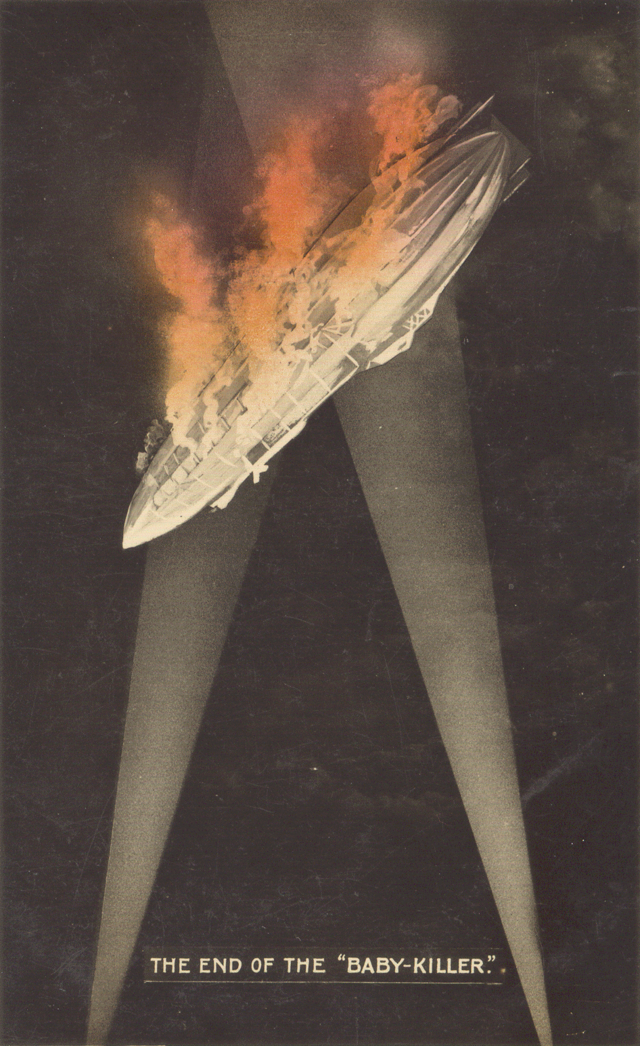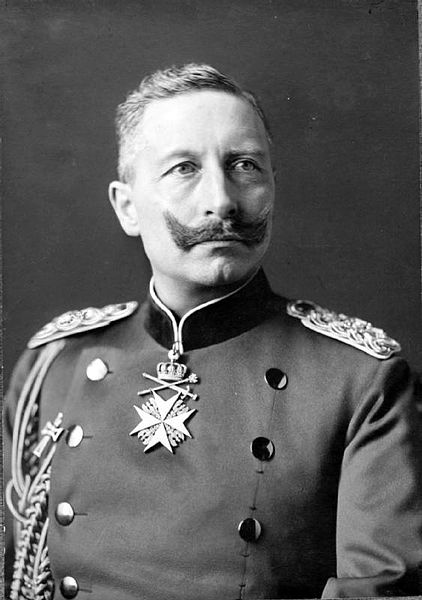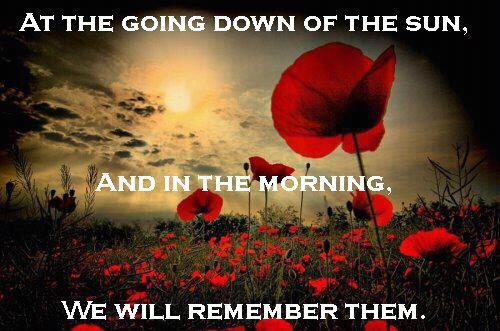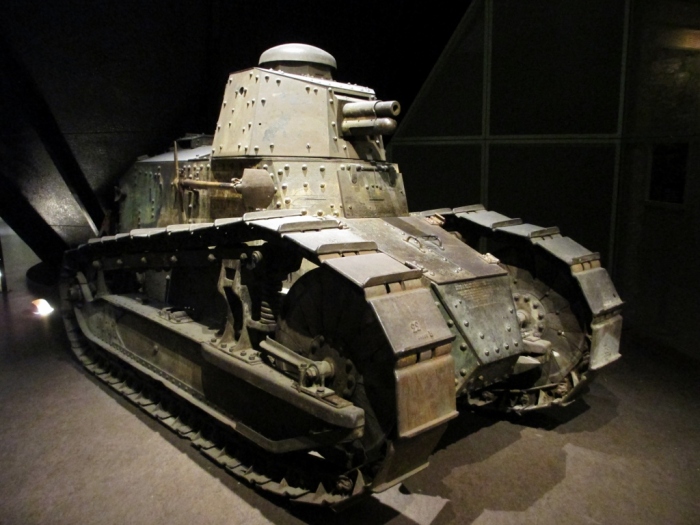2014 marks 100 years since World War One commenced. A conflict that officially raged from July 28th, 1914 until an armistice was declared on November 11th, 1918. Many political events and imperial desires lead to this war but the key trigger point was the assassination of Archduke Franz Ferdinand of the Austro-Hungarian Empire in the Bosnian capital of Sarajevo on June 28th, 1914.


The assassination lead to violence against the Serbs and ultimately a declaration of war against Serbia by the Austro-Hungarian Empire. The Russian Empire would not stand for this attempt to remove her influence over the Balkans. One by one this dragged the major European powers into war.
The German ruler Kaiser William II was eager to expand his empire. By early August 1914 Germany had invaded Belgium and France and an attack upon the Russian Empire was underway. Great Britain then entered the war in defence of her European allies.
World War One was a war like no other before it. Nations from around the world fought against each other either siding with either the Triple Entente or the Central Powers.

The Triple Entente (Allied) powers were originally Great Britain, France and Russia. The Allies were also joined by the British Commonwealth nations such as Australia, Canada, India, New Zealand and South Africa; along with Imperial Japan (the allies were later joined by other nations such as Italy in 1915 and the United States in 1917). The Central Powers primarily consisted of Germany, the Austro-Hungarian Empire, Bulgaria and the Ottoman Empire (Turkey). Initially Italy was aligned to the Central Powers but declined to enter the war until 1915 when they ultimately sided with the Allied powers following secret negotiations with Great Britain and France for territorial claims following a successful outcome to the war.



Trench warfare became a reality and an almost stalemate situation arose. Huge battles with hundreds of thousands of men facing off against each other with senseless charges across no mans land to a bloody end were a regular occurrence but little ever seemed to be gained.




World War One was a war that saw the widespread introduction of many modern weapons onto the battlefield including the machine gun, aircraft (including huge bombers and Zeppelins), tanks and more. The tactics of war changed and the creeping artillery barrage and its mass destruction became integral to any battle.






Ultimately the war ended in defeat of the Central powers. This also saw the end of their royal reigns (the Kaisers Wilhelm I, Frederick III and Wilhelm II ruled Prussia and then greater Germany from 1871-1918 and the Habsburg dynasty of the Austrio-Hungarian Empire ruled from 1867 to 1918). After heavy fighting on the eastern front, World War One also resulted in the end of the Tsarist reign of a weakened Russia with the rise Communism during the Russian Revolution of 1917. The revolution resulted in the brutal murder of Czar Nicholas II and his family. After almost 200 years the Russian Empire was no more (1721-1917). It was a brutal war that changed the face of the world and modern warfare alike.


Over 65,000,000 men were mobilized to fight in World War One. Of these over 8,500,000 were killed, 21,000,000 were wounded and 7,750,000 were captured or missing. 57.5% of the mobilized forces became a casualty of war (statistics obtained from PBS resources). It was brutal and bloody. The world had never seen anything like this before. They called it “The Great War“, “the war to end all wars” and so on. Alas as we know so well, that was not to be true.

The war introduced many new technologies and given its global impact, touched the lives of so many (including my own family). These factors ensure it still remains a fascinating part of history and a lesson in the futility of war. Lest we forget.

The National World War One Museum and Liberty Memorial in Kansas City, Missouri is a fitting tribute to those lost in the war. The museum has an extensive collection of artifacts including uniforms and weaponry and gives a great insight into the trench warfare of that period. Multimedia presentations bring home some reality to the events of the great battles.





The focus of the museum is not just US involvement in World War One. It covers the full period of 1914-1918 and the global scale of the conflict with displays of equipment and artifacts of both the Allied and Central Powers.














The vantage point of the museum up on a hill also provides some great views of downtown Kansas City below. If you get the chance don’t miss going to the top of the Liberty Memorial for an even better all round view of the city.


The museum has a great collection of original recruitment, propaganda and war bonds posters from World War One. They are well preserved and displayed to really highlight each nations message at the time.



Overall the The National World War One Museum is a very interesting place and the displays are well planned out and informative. Especially those that focus on the trench warfare that was so much a part of the Western Front in Europe. It is a must see facility for those interested in military history and a great tribute to all those who fought and were lost in World War One.

Very interesting text and great photos! 🙂 Have a nice summer! Kamila
Thanks. Hope you have been having a great summer too? I am up in Alaska at the moment. Amazing!